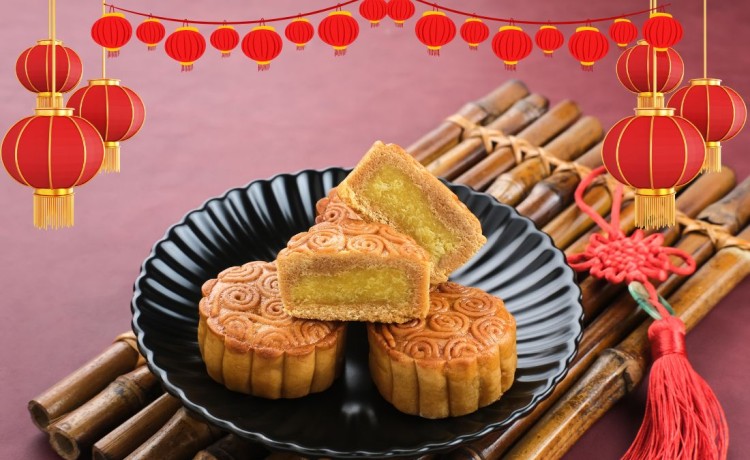The Chinese Moon Festival, also known as the Mid-Autumn Festival, is a cherished celebration that holds deep cultural significance in Chinese communities around the world. Rooted in ancient traditions, this festival is a time for families to gather, express gratitude, and appreciate the beauty of the full moon.
Originating from China, the Moon Festival has a history that dates back over 3,000 years. Its origins are closely tied to agrarian practices and the changing seasons. The festival is often associated with the legend of Chang’e, the Moon Goddess, and Hou Yi, the Archer. According to the myth, Hou Yi saved the world by shooting down nine of ten suns, leaving one to provide warmth and light. As a reward, he was given an elixir of immortality, but his wife, Chang’e, consumed it and ascended to the moon. On the 15th day of the eighth lunar month, people would offer sacrifices and gaze at the moon, hoping to catch a glimpse of Chang’e.
The central theme of the festival revolves around family reunions and thanksgiving. Families come together to share a special meal, often featuring mooncakes – a symbolic pastry filled with sweet or savory ingredients. Mooncakes are traditionally round, symbolizing the unity of family and the full moon. The act of gazing at the moon is a common practice during the festival, symbolizing togetherness, even if loved ones are physically apart.
The significance of the Moon Festival is deeply rooted in Chinese culture and philosophy. It marks the arrival of the autumn harvest, a time of abundance and prosperity. Additionally, the full moon is seen as a symbol of completeness and reunion. The festival embodies values such as gratitude, harmony, and familial bonds, reinforcing the importance of these principles in Chinese culture.
The Moon Festival’s popularity has transcended borders, making it a well-celebrated occasion outside of China. Chinese communities worldwide actively participate in the festivities, and the festival has gained recognition on the global stage. The diaspora’s celebration of the Moon Festival serves as a way to preserve cultural heritage, pass down traditions to younger generations, and foster a sense of unity among Chinese communities abroad.
One of the reasons the Moon Festival is widely celebrated outside of China is the strong emphasis on family and cultural identity. For many Chinese people living abroad, the festival becomes a poignant reminder of their roots and a way to connect with their heritage. It serves as a cultural bridge that spans generations and fosters a sense of belonging, allowing individuals to maintain a connection to their cultural heritage while navigating life in a different cultural context.
In multicultural societies, the Moon Festival has also gained popularity among people of various backgrounds who appreciate its values of family, thanksgiving, and unity. Its universal themes resonate with people from diverse cultures, making it a celebration that transcends borders and fosters cross-cultural understanding.
In conclusion, the Chinese Moon Festival is a time-honored celebration that originated in China, rooted in ancient traditions and mythology. Its significance lies in family reunions, expressions of gratitude, and the symbolism of the full moon. The festival’s widespread celebration outside of China underscores its universal appeal and its role as a cultural touchstone for Chinese communities worldwide, as well as a bridge for cultural understanding among diverse populations.
Want to learn more?
- Find out more
- Launch Pad + Accelerator Expressions of Interest
- Selling and Licensing Your Art & Designs Around the World with ArtSHINE.
We’re here to help you to take action, just like we’ve helped thousands of other entrepreneurs, business owners, and creative professionals all around the globe.
Now is the time to let your passion SHINE.
Now is the time to Make Tomorrow Today!
To your success, Vinh Van Lam and Stuart Horrex Cofounders
ArtSHINE.com





